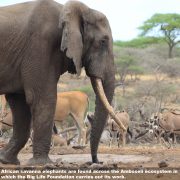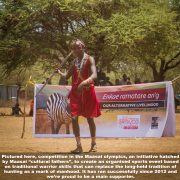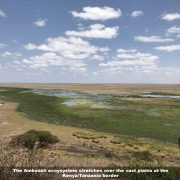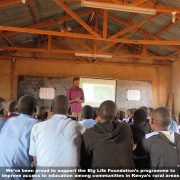The African elephant, now considered two separate species, is closer to extinction than ever before, a pivotal moment for earth’s largest land animal. There’s so much we can still do to save elephant populations, so where do we go from here?
Recently, the International Union for the Conservation of Nature (IUCN) – the organisation that measures the threatened status of species worldwide – announced that it was to recognise the African elephant as two distinct species. Previously the single species was classified as Vulnerable, but with increasing population decline and new genetic evidence, the harshness of the situation for African elephants is stark. These two species are the African savannah elephant (Loxodonta Africana), classed as Endangered, and the African forest elephant (Loxodonta cyclotis), classed as Critically Endangered.
Readers that know Chester Zoo well, will be familiar with the Hi-Way herd of Endangered Asian elephants (Elephas maximus), a population under our care as part of an international breeding programme. So why are we taking the time to talk about elephants on another continent?
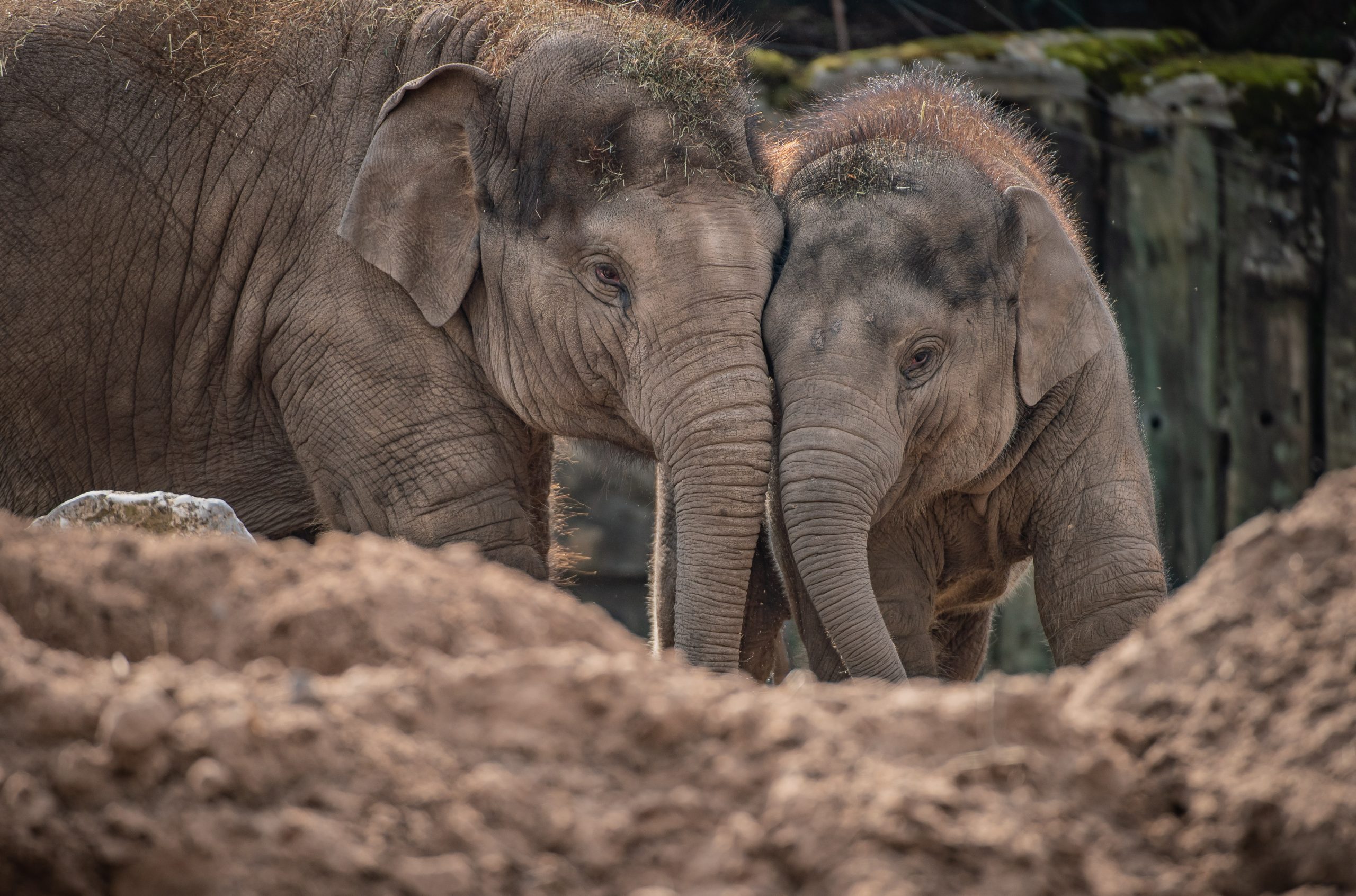
Our conservation ambition is global, and this is a landmark moment for conservationists everywhere. African elephants of both species are among the most popular, well known, and charismatic animals among Earth’s incredible biodiversity. They receive more conservation attention and funding than most other species, and yet their populations continue to fracture and decline. If we as humans are not succeeding in maintaining one of the most visible animals on Earth, what optimism is there for the lesser-loved species that are often the bedrock of entire regional or even global ecosystems?
Within the international zoo community, our shared expertise in elephant breeding and welfare is allowing the safeguarding of both Asian and African elephant reservoir populations, should extinction in the wild become a reality. But no true conservation-focused institution would ever wish for the animals in its care to become the last of their kind. The in-situ (in the wild) issues must be addressed.
But there is always hope and optimism to be found. The questions we must ask, are where does that optimism lie, what are the challenges, and what are we going to achieve together to solve them?
For both savannah and forest African elephants, their decline is driven largely by two great and complex issues. The first – poaching – is fuelled by a vast global wildlife trade that offers lucrative pay-outs to those who can feed the insatiable demand for ivory products. Global profiteers often exploit the poverty that arises from the hugely diverse social and economic challenges facing the African continent, and continue to traffic goods through the UK and other European countries despite counter-efforts.
The second – habitat loss – is a universal feature across our planet. Almost all of the nations in which elephants remain today have rapidly developing economies that require ever-increasing resources to sustain their growth. These countries can hardly be blamed. Here in the UK we must only look at our own history to see how our industrial and agricultural revolutions have come at a monstrous cost to our native fauna and flora. Regardless, as areas of the world attempt to restore the wildlife that they’ve destroyed, modern solutions to the decline of remaining intact ecosystems must be trialled.
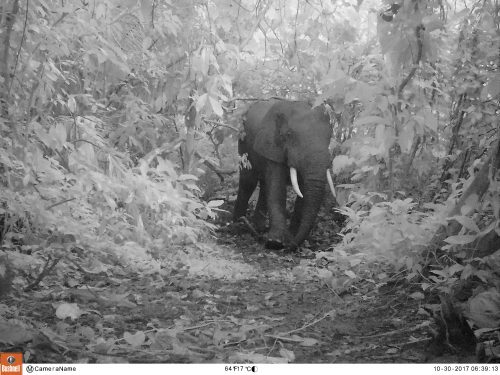
The African continent is vast, however 48 countries (37 of which contain elephants) are home to a billion and a half people, and an indescribably rich variety of cultures, societies, traditions and ways of life. This means there’s no such thing as a blanket solution. Conservation must be targeted, well-planned, and most crucially, led by the communities which hold the knowledge of the regional ecology, and how to live as part of it. Perfect examples of this approach are localised projects that aim to tackle conservation projects at every angle. Here at Chester Zoo, we’re in the middle of this international effort, partnered closely with so many organisations pushing for change.
The Big Life Foundation tasks itself with the long-term survival of the Greater Amboseli ecosystem spanning the border of Kenya and Tanzania in East Africa. Their methods range from habitat management and anti-elephant-poaching strategies, through to addressing the long-term challenges for the region’s Maasai communities. Working with these communities, they’re finding and enacting an assortment of human-wildlife conflict solutions: compensation for livestock loss to predators, improved and accessible healthcare for the most remote communities, and a rich education programme supporting both students and teachers. It’s this last area of work, education, that we are particularly proud to lend our support, helping to develop and evaluate the programmes that Big Life deliver on the ground.
In the Indian state of Assam, the Wildlife Trust of India is busy trialling community protection schemes in regions bordering the Manas landscape, where one of the largest surviving Asian elephant populations can be found. While efforts are put into deterring herds from roaming into cropland and villages, community programmes that provide alternate economic development opportunities continue to develop. Driven by the needs of individual communities, these efforts seek to satisfy all stakeholders, as well as reducing the pressure on natural resources. For 20 years already we’ve supported conservation in Assam. This continues today.
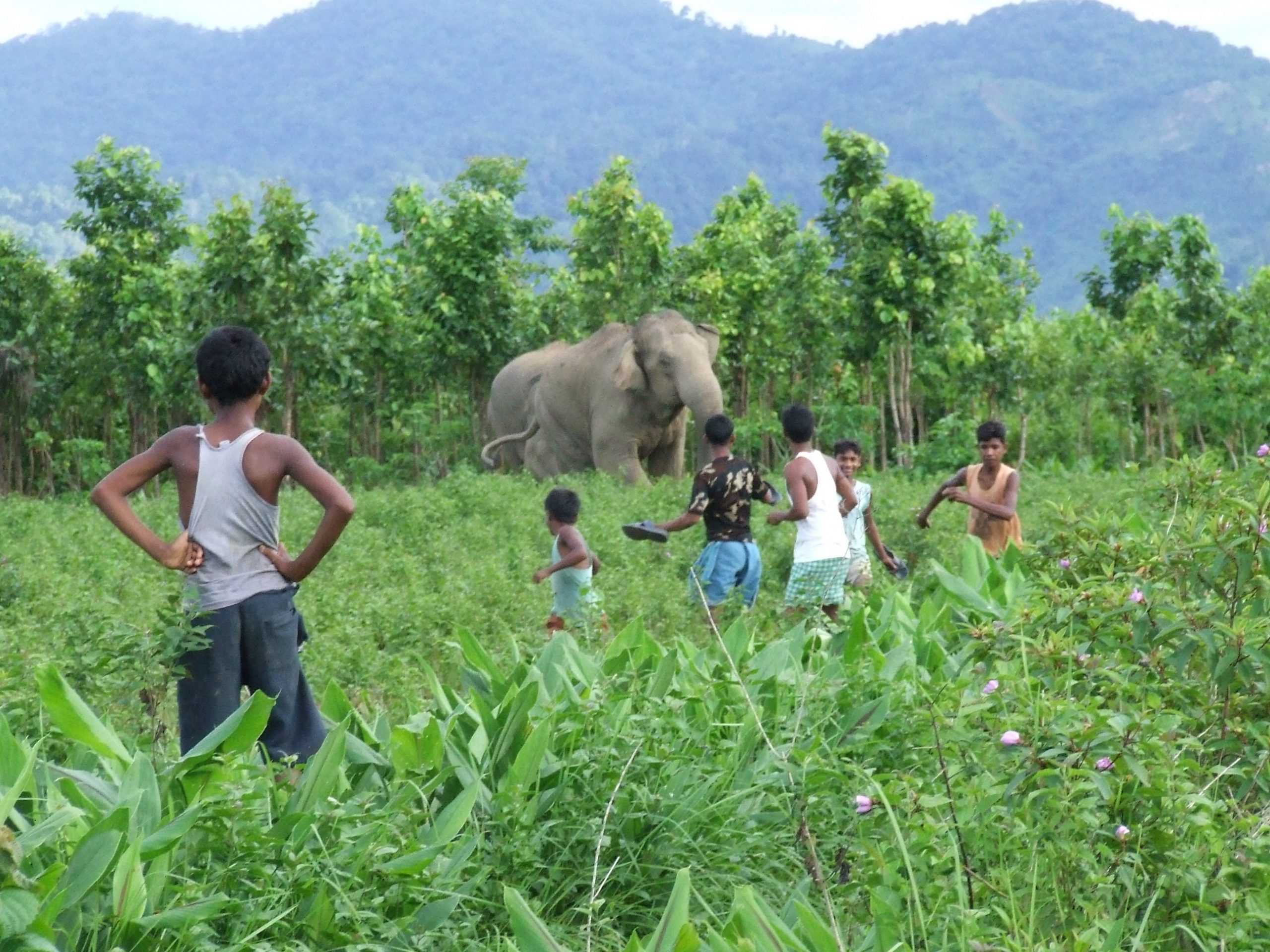
Focused and inclusive conservation programmes can find success for species across the vast scale of their geographic range, but even before we get to this stage, much remains to be done.
In many places still very little is known about elephant populations and habitat despite their size. The greatest proportion of African forest elephants live amongst the trees of Central Africa in countries such as Gabon, where for the last few years our wildlife monitoring work in partnership with ‘Project Gorille Fernan-Vaz’ has captured herds going about their business, and often highly inquisitive and fascinating behaviours.
In these areas, our knowledge of how the forests are used by elephants and other animals such as gorillas and giant pangolins helps us work with the region’s communities and authorities to ensure these places are protected. To protect these places for elephants in turn protects entire ecosystems that are among the world’s most unique and diverse. Elephants are the gardeners of the forest, and play a pivotal ecological role as a seed disperser for megafauna reliant plants. By safeguarding the plant distributor, we protect the forest’s plant biodiversity that would otherwise be unable to maintain their numbers.
Footage such as this is regularly captured by the CZ camera trap array surveying the coastal forests of Gabon.
Out in the savannah landscapes of Kenya, we’re partnered with the Kenya Wildlife Service to improve access in remote areas to endocrine research techniques for the study of wildlife health. For places such as Lewa Wildlife Conservancy where populations of African savannah elephants are carefully monitored alongside Critically Endangered Eastern black rhino, this is a critical tool to ensuring a protected area finds success.
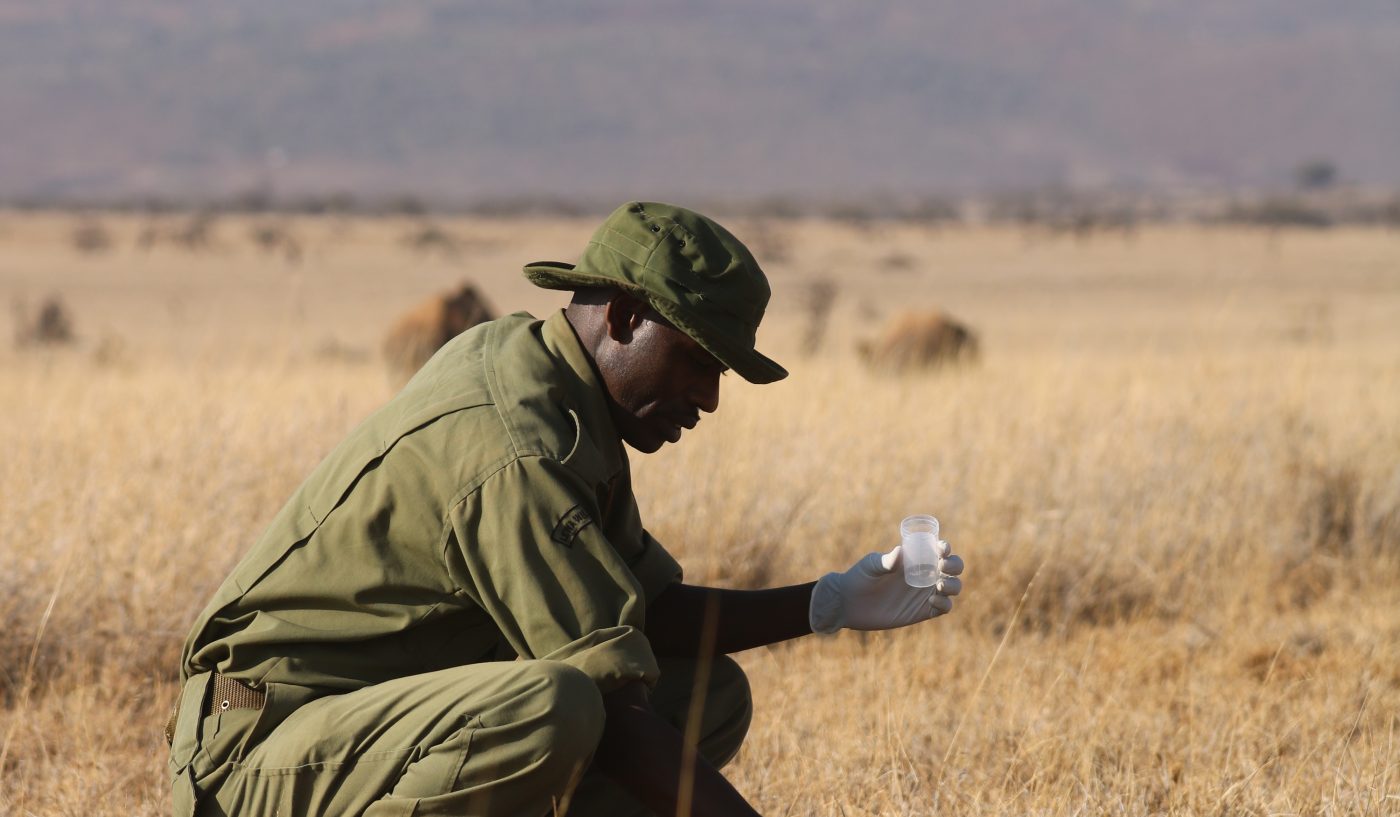
These projects combined are a wonderful step in the right direction, but the harder questions – how we consume, how we develop – are questions we as a society, and our political and business leaders need to be asking right now, while there is still just time to learn to live harmoniously alongside wildlife for decades and centuries to come.
Conserving Asian Elephants
We’re developing new ways to monitor the health and wellbeing of asian elephants in an effort to help prevent their extinction. Read more about what we’re doing at the zoo and overseas to help protect this charismatic animal.
Conservation Masterplan
Our planet is facing it’s toughest challenge yet. Here is our 10 year plan to help save it.
NOW is the time to ACT FOR WILDLIFE. Conservation is CRITICAL; species are under threat. TOGETHER we can make a BIG difference. Take action TODAY and join us in PREVENTING EXTINCTION.
